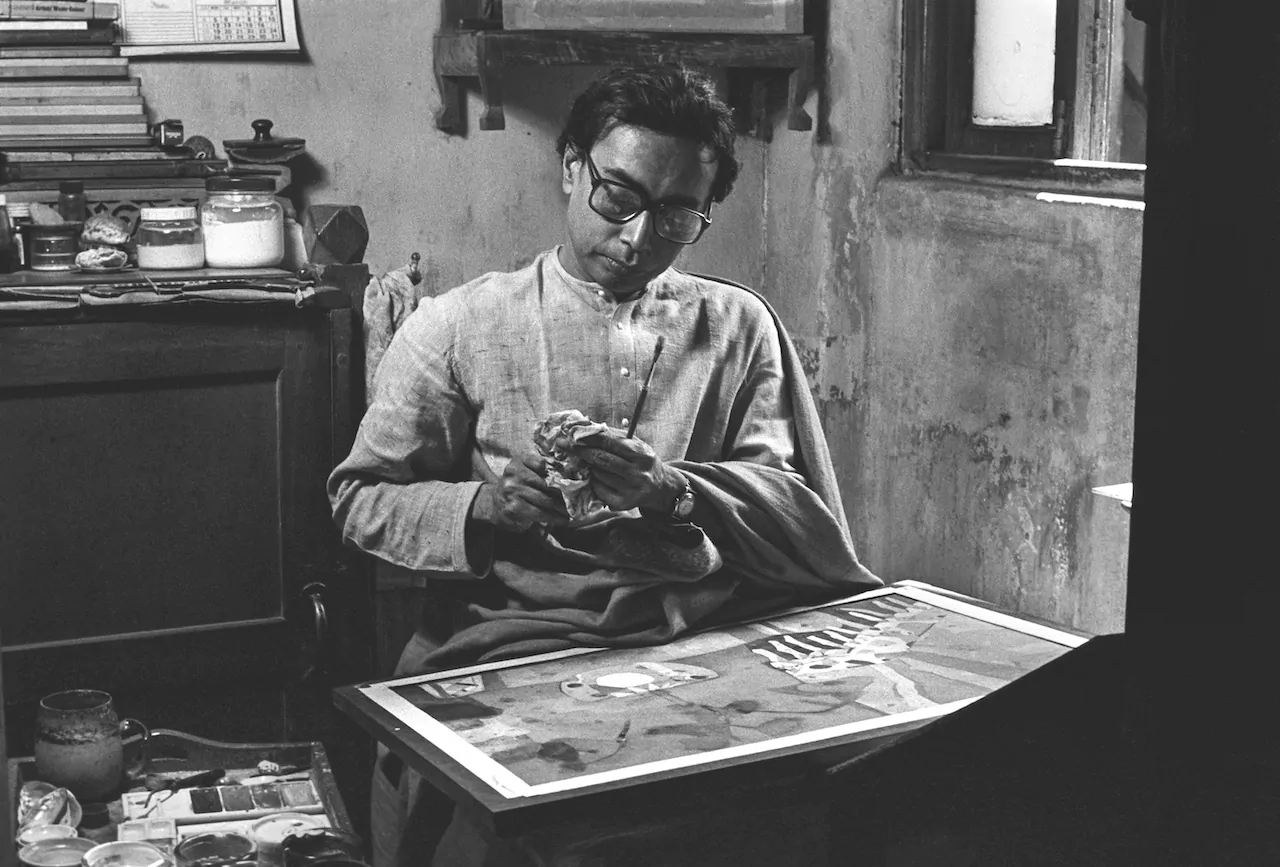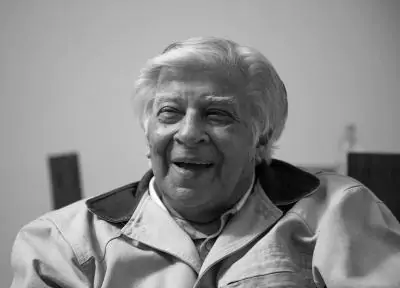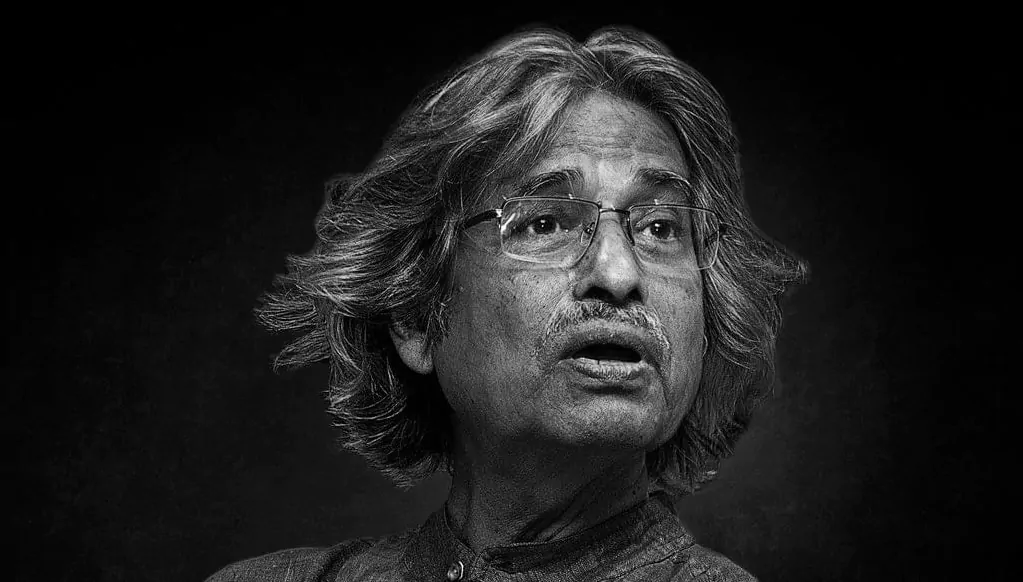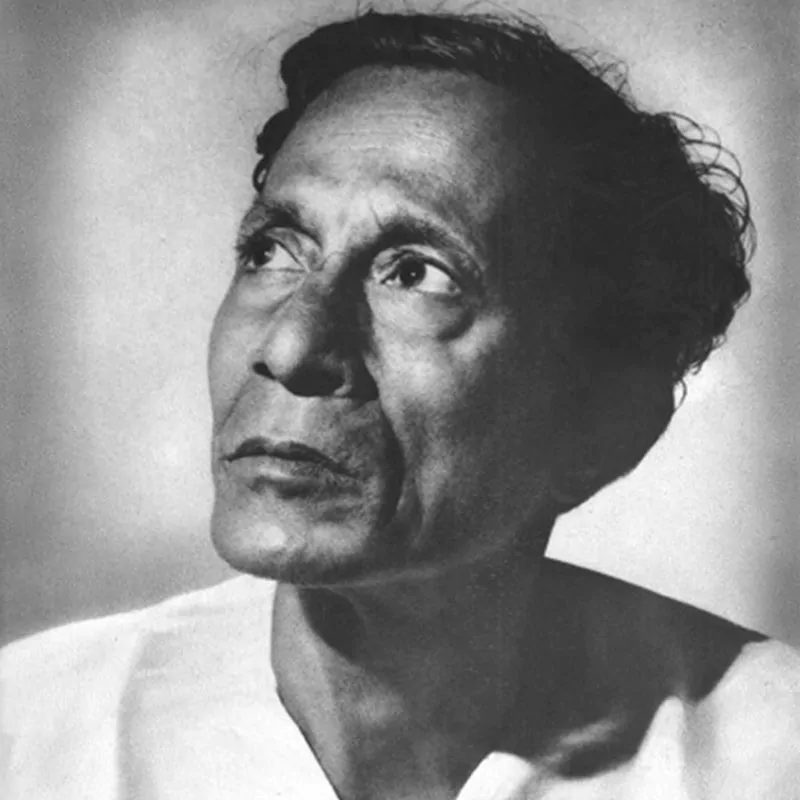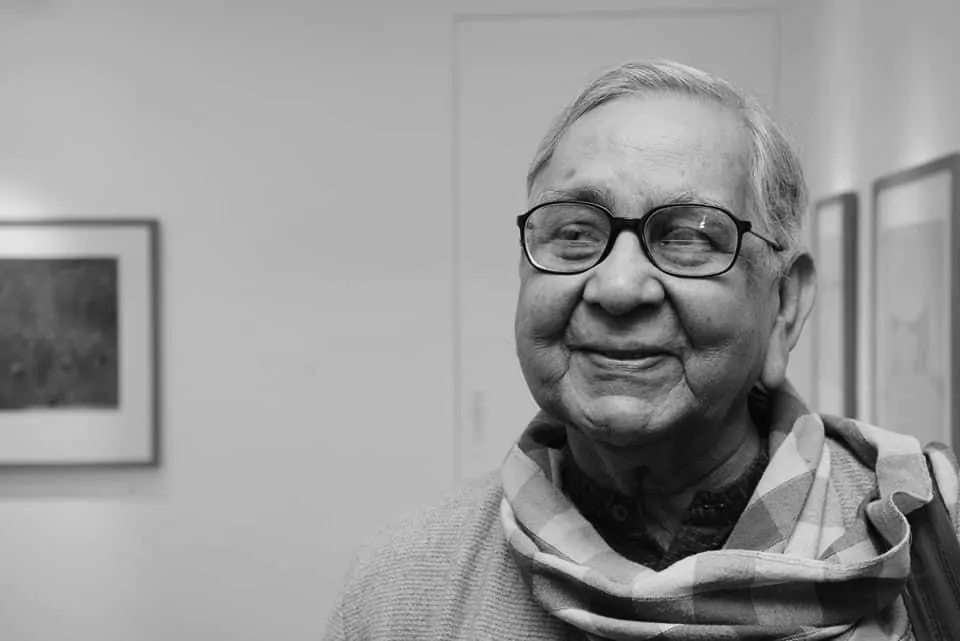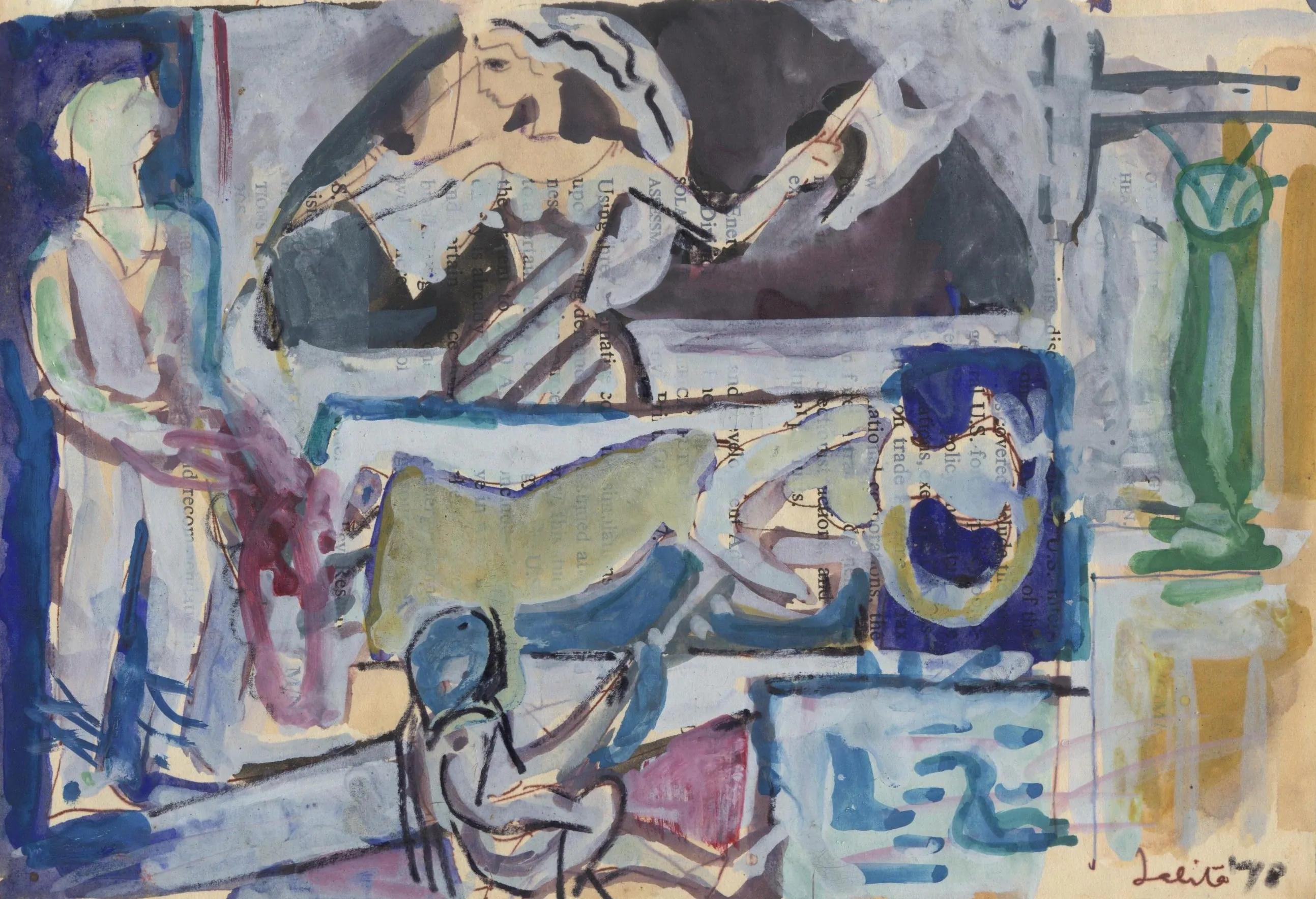Shyamal Dutta Ray: Watercolour Maestro.
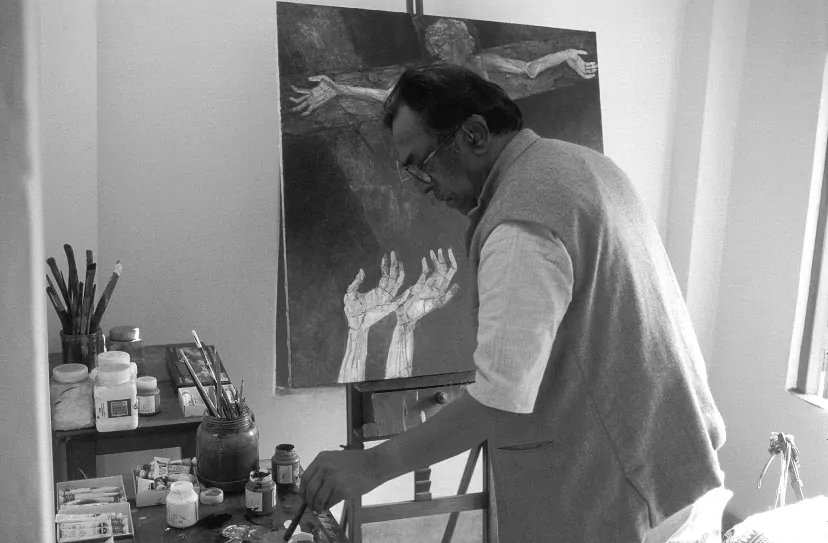
Shyamal Dutta Ray was born in Ranchi in 1934. During the Second World War, he along with his family shifted out of Calcutta and go to their home in Mymensingh. The time eh spent in Mymensingh left an indelible impression on his psyche which further influenced his artistic mind in the later years. When the panic due to the war had subsided, the family returned to Calcutta in 1942 when Shyamal was eight years old. Calcutta was politically disturbed due to the civil unrest of the ongoing freedom struggle.
Did the early memories of his time spent in East Bengal attract him to waltercolours ? The rain filled ponds and rivers of his early years and the different reactions to their transparency and his intimacy with the area have any bearing on him? Shyamal Dutta Ray enjoys a very important position in contemporary Indian art because of his contribution in establishing watercolour as a significant medium. Shyamal Dutta Ray started painting while he was a young boy. He matriculated in 1949 and realised that the only life open to him was the life of a painter and joined the Government College of Art and Crafts, Calcutta. On the very first day he became friends with Nikhil Biswas (1930-1966) who was one of the best students of the college. At the art college and much later in life, Ray was always obliged to his two teachers- Gopal Ghosh and Anil Bhattacharya. He always recognised Gopal Ghosh’s contribution to his initial understanding of the nature of watercolours. On the other hand, he had great respect for the artists of Santiniketan. He used to visit Santiniketan frequently and observed the works of Nandalal Bose, Benode Behari Mukherjee and Ramkinkar Baij. Ray was coming to be conscious of the indigenous roots of art. He was increasingly becoming aware in the belief that all forms of art should be rooted in the soil and should maintain a continuity of tradition. He graduated from the art college in 1955 and faced the world at large, alone with a determination to leave his mark in the field of art.
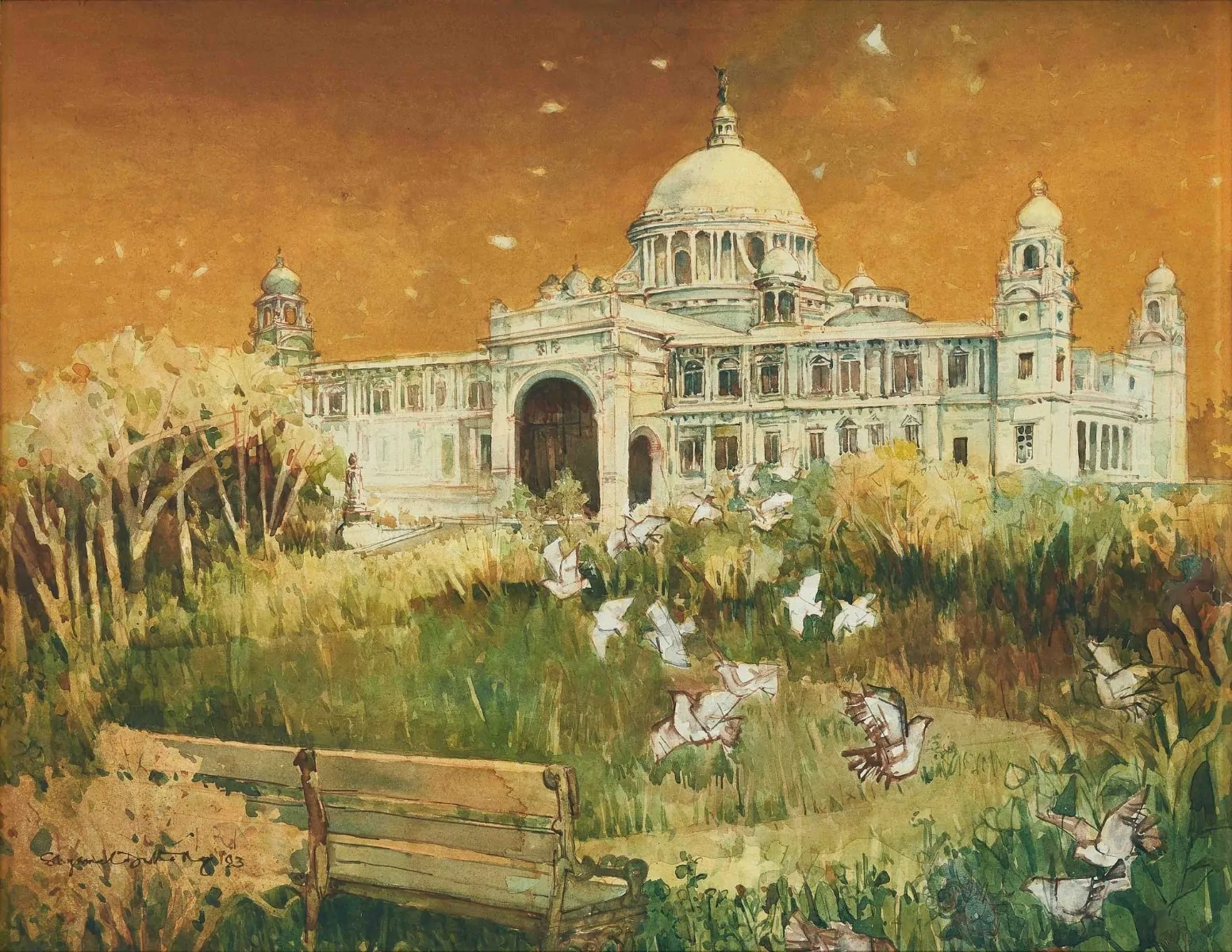
Like many painters of his generation, Shyamal Dutta Ray also wavered between frustrated dreams and hopeful expectations. After passing out from the art college, like others from his generation, the young Shyamal faced the struggle for existence. On the one hand there was his determination to become an artist on the other- the grim necessity to earn a living. He started giving lessons in painting and also worked on illustrations and cover designs for books. The great British watercolourist J.M.W. Turner (1775-1851) who was known to take the medium of watercolour to a great height of excellence played an indirect but important role in developing Shyamal’s own technique and handling of the medium. He learnt the superlative use of watercolour from Turner’s paintings. He noticed that in order to create a sense of depth, Turner had used light and shadow almost to the same extent. At the same time, his artistic self was coming into being through all these experiences. Even though his own technique had not achieved its signature style as yet, he had attained proficiency in both the medium of oil and watercolour by this time. In recognition of this he received the Gold Medal at the annual exhibition of the Academy of Fine Arts in 1958. This first recognition restored his self-confidence to an extent. The realism of his surroundings from his boyhood years to the end of the decade of the 50’s greatly helped his objective formulations.
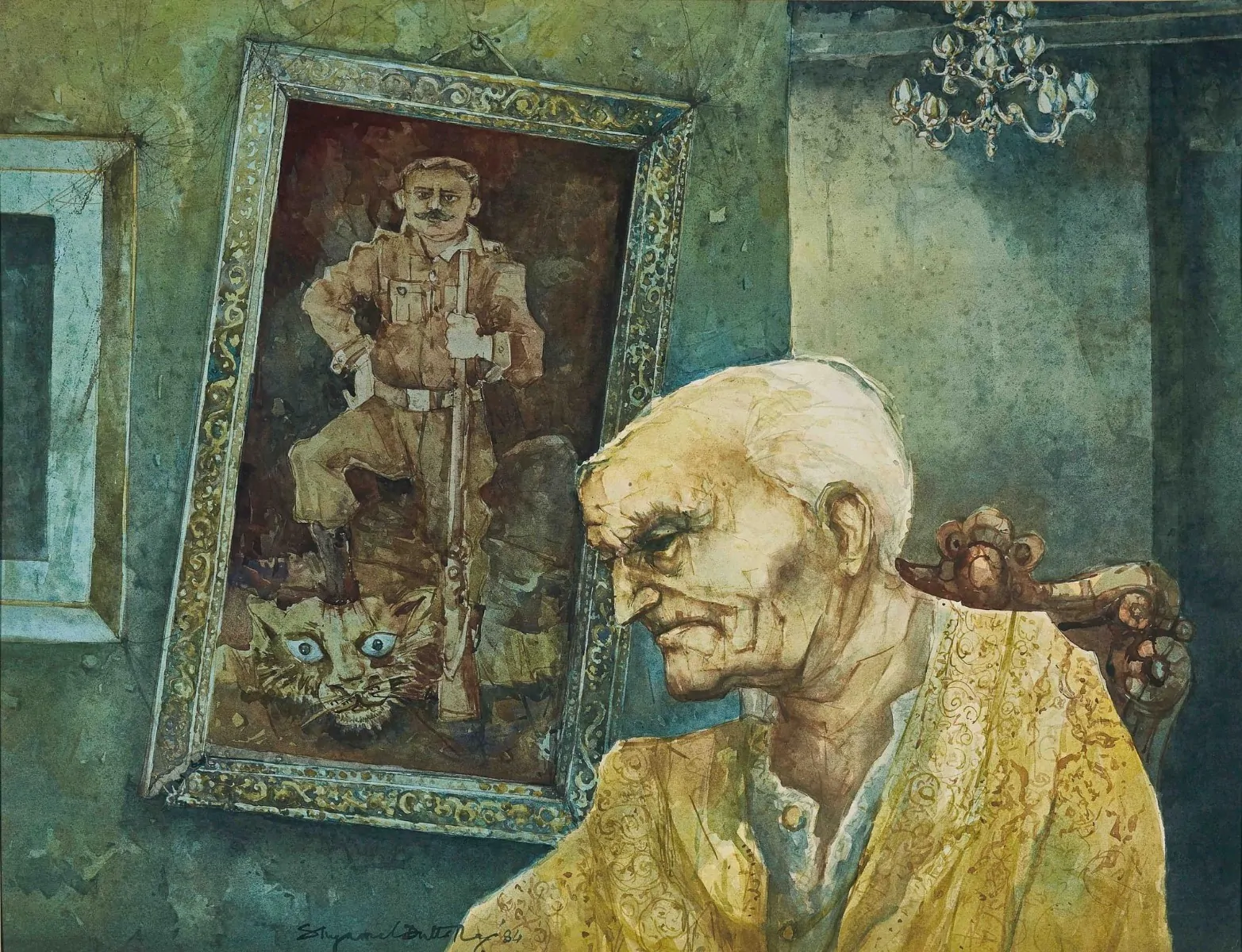
Around the beginning of the 60’s Ray experimented with the textures of graphics and at the same time he tried to focus on the deplorable human situation. In the drawings of the human figure at this time, a shrivelled bony structure appears suggested by the geometrical angularities of lines that dominated his works from now on. The distant memory of death and poverty ridden Calcutta unconsciously finds its way into his work. Somewhat later his own distinctive style grew out of this.
Nihar Ranjan Ray while inaugurating one of Ray’s exhibitions in the 70’s remarked that a new symbol had come into existence in the world of painting. Through the symbol of the broken bowl and his individual manner of presentation, Ray was able to express his distinctive form and world view in the 70’s. In its wake, came a broken throne, dilapidated palaces and buildings, a number of crows, thirsty birds, dried tanks, emaciated and almost skeletal dogs. The dialectics of the time include the struggle for success and failure, hope and despair. The transition from the decorativeness of the 60’s to capturing the human situation in the 70’s becomes evident.
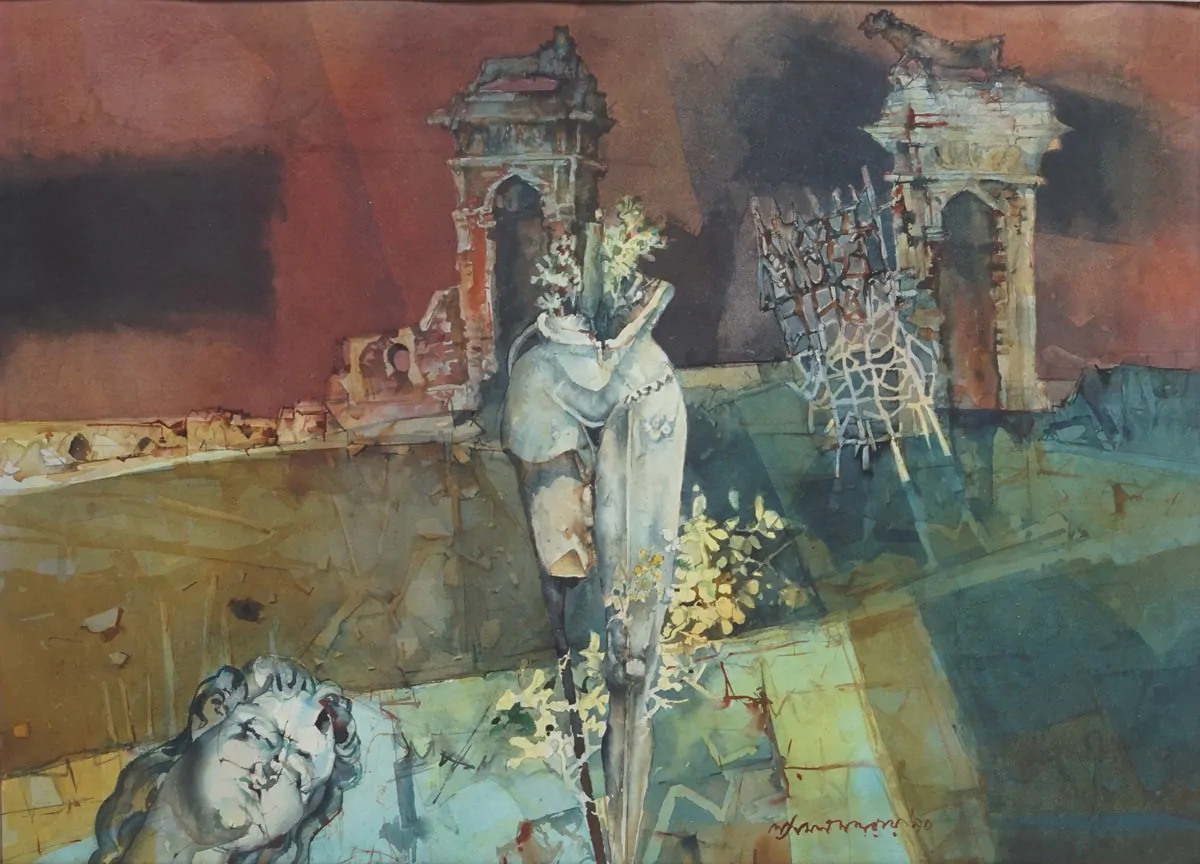
The interplay between realism and dreams continued incessantly in his paintings of the 80’s and 90’s. The paintings of this period moved between the two extremes of life-destruction and affirmation. Ray travelled for the first time abroad in 1997. He travelled through several European countries including England and France. Here he had the opportunity to visit a few art museums and a few good art exhibitions. He was especially charmed by a retrospective exhibition of Turner’s work. To be able to stand and see in one place many original works of Turner, an artist to whom he was attracted from his formative years was a very valuable experience for him. It was Turner’s paintings which opened his eyes and turned him in a new direction which would become a lifelong obsession. Ray came back inspired from his European travels.
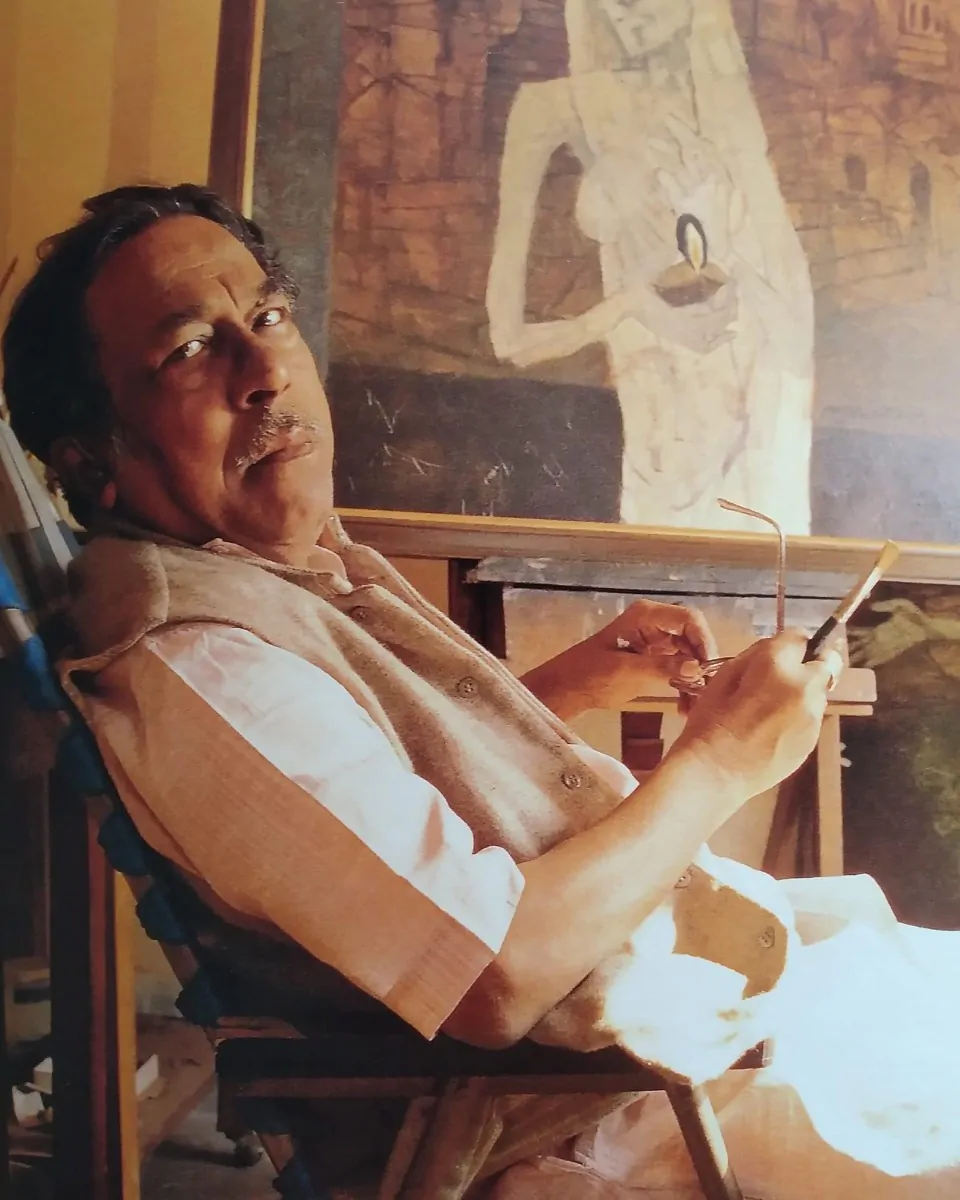
Shyamal Dutta Ray passed away in 1999 at the age of 65. He passed through many phases of experiments in his creative career as an artist spanning 45 years. He created a special technique in watercolour which was considered a minor medium until then. Ray was credited to develop it into an important medium, adequate enough to express deeper feelings and sensibilities. He demonstrated that watercolour could be not only the medium for landscapes and preparatory sketches for later paintings, but also one that could bring a high degree of seriousness and depth if used properly. He made diverse experiments with the medium in order to see how it could be transformed into a medium adequate for the expression of social realism. Of the artists who received recognition during the decade of the 60’s in West Bengal, only Shyamal Dutta Ray among them practiced watercolour continuously to raise it to the status of a serious medium. The importance of Shyamal Dutta Ray lies in restoring watercolour to a significant position it had held in the Indian Art scene in the 60's.
- Vinayak Pasricha.




